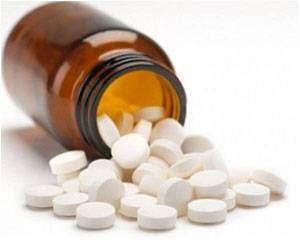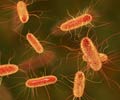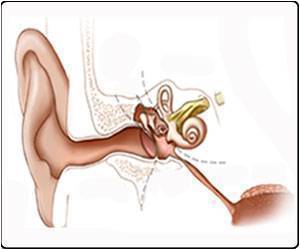E. coli have a natural sensing process whereby a small form of RNA activates particular genes when the oxygen is low, and the bacterium establishes itself in the gut.

‘E. coli has a way of seeking the most oxygen-free crevices of the colon. By deciphering how to block oxygen sensing, we can prevent E. coli from harboring the gut.’
Read More..




The new discovery shows just how the foodborne pathogen knows where and when to begin colonizing the colon on its way to making you sick. By recognizing the low-oxygen environment of the large intestine, the dangerous bacterium gives itself the best odds of establishing a robust infection - one that is punishing for the host.Read More..
"Bacterial pathogens typically colonize a specific tissue in the host. Therefore, as part of their infection strategies, bacterial pathogens precisely time deployment of proteins and toxins to these specific colonization niches in the human host. This allows the pathogens to save energy and avoid detection by our immune systems and ultimately cause disease," said researcher Melissa Kendall, PhD, of UVA’s Department of Microbiology, Immunology and Cancer Biology. "By knowing how bacterial pathogens sense where they are in the body, we may one day be able to prevent E. coli, as well as other pathogens, from knowing where it is inside a human host and allow it to pass through the body without causing an infection."
A Bacterial Goldilocks
E. coli naturally lives in our colons, and most strains do us no harm. But there are several strains that can cause cramps, diarrhea, vomiting, even kidney failure and death. Children are at particular risk. As such, E. coli outbreaks appear periodically in the news. In July, for example, people in several states were sickened by E. coli linked to ground bison meat.
Kendall and graduate student Elizabeth M. Melson have shed important light on how harmful E. coli infections establish themselves in the body. The researchers outlined a process the bacteria use to detect low oxygen levels in the large intestine and then produce proteins that allow E. coli to attach to host cells and establish infection.
Advertisement
E. coli’s vital asset is a small form of RNA that activates particular genes when oxygen levels are low enough, the researchers reveal. It’s at this point that the infection really gets established. Thanks to this natural sensing process, the bacteria are able to establish infection and begin to manufacture harmful Shiga toxins.
Advertisement
"If scientists can figure how to block oxygen sensing, we may be able to prevent E. coli from making proteins that allow it to stick to our guts," Kendall said. "This may be an effective strategy to limit infection, and because we are not targeting growth or survival, E. coli may not develop drug resistance - it just doesn’t know where it is."
Source-Eurekalert












